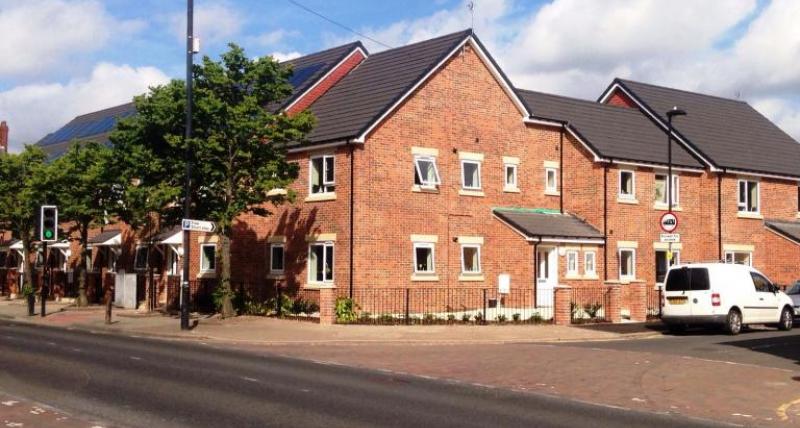
North Tyneside Council has launched a consultation on how it obtains funding for vital infrastructure from developers looking to bulid in the borough.
The Community Infrastructure Levy (CIL) is a tool for local authorities to secure contributions from developers on new buildings above a certain size.
The introduction of the CIL would help fund infrastructure required to support development.
Currently developer contributions in North Tyneside are only sought through planning agreements, known as Section 106 agreements. These are negotiated with planning applicants and seek to address the specific impact of proposed development on the capacity of infrastructure such as schools, health facilities, open spaces and play areas.
The CIL allows local authorities to charge a tariff at a locally set rate on many types of new development. This money can then be used to support a range of infrastructure, including wider strategic infrastructure needs identified as part of the Local Plan, rather than just the specific impacts of each development.
Final introduction of a CIL would bring North Tyneside Council into line with Newcastle City Council and Gateshead Council which each adopted the CIL in November 2016.
Cllr John Harrison, cabinet member for Environment, Housing and Leisure, said: “This is about ensuring we are able to meet the borough’s infrastructure needs.
“A Community Infrastructure Levy provides an opportunity to fund the wider strategic infrastructure our borough would need as it continues to grow.
“Without such a levy in place we are limited as to how we fund major infrastructure or address borough-wide needs.”
The first stage in developing the CIL is consultation on the Preliminary Draft Charging Schedule. This is being prepared for North Tyneside Council by its partner Capita, which delivers the planning service for the local authority.
The Preliminary Draft Charging Schedule, sets out the council’s initial proposals for the type of development that could be subject to a CIL charge as well as the proposed charging rates and potential geographic charging zones.
An Examination in Public would then be held by an independent inspector prior to adoption of a CIL charging schedule. The process of preparing CIL is expected to take around one year.
The Preliminary Draft Charging Schedule is available on the council website at www.northtyneside.gov.uk Hard copies can be read at Wallsend, Killingworth, Whitley Bay and North Shields libraries as well as the council’s HQ at Quadrant East on Cobalt Business Park.
Comments about the Preliminary Draft Charging Schedule are invited before 5pm on Friday 7 April.
You can respond via our consultation portal, or by sending an email to planning.policy@northtyneside.gov.uk, or by post to: Freepost RSAE-SHKR-JCKS, North Tyneside Council, Planning Policy, Quadrant East (1st Floor Left), The Silverlink North, North Tyneside, NE27 0BY.
Please direct any queries to our planning policy team on Tel: 0191 643 2310 or by email to planning.policy@northtyneside.gov.uk
